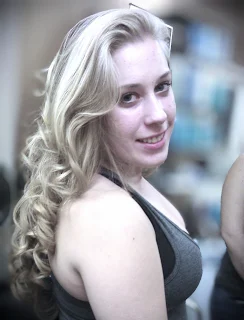Hair coloring is a popular way to change one's appearance, and there are numerous techniques available that cater to different styles and maintenance levels. Here, we will explore some of the most common hair coloring techniques, their characteristics, and the best scenarios for their use.
Ombré
Ombré is a technique where the hair color transitions from a darker shade at the roots to a lighter shade at the ends. This method allows for a natural look since it maintains the natural hair color at the base, reducing the frequency of touch-ups required. Ombré can be subtle or dramatic, depending on how much contrast is desired between the two colors1.
Balayage
Balayage involves hand-painting highlights onto the hair to create a soft, natural gradient effect. Unlike traditional highlighting methods that use foils, balayage allows for more freedom in placement and results in a sun-kissed look. This technique is low maintenance as it grows out seamlessly without harsh lines23.
Sombré
A sombré is a softer version of ombré that features a more subtle transition between two similar shades. For example, it might blend two shades of brown or blonde closely together. This technique provides dimension while still being easy to maintain13.
Highlights and Lowlights
Highlights involve lightening selected sections of hair to add dimension and brightness. In contrast, lowlights introduce darker shades into the hair to create depth and richness. Both techniques can be used together for a balanced look24.
Color Melt
The color melt technique creates a seamless transition between two colors without any harsh lines or chunks of color. It blends one shade into another smoothly, making it ideal for those who want an effortless gradient effect13.
Babylights
Babylights are very fine highlights that mimic the natural lightening effects seen in children's hair after sun exposure. This technique results in a soft, delicate look that grows out beautifully over time24.
Fashion Colors
Fashion colors refer to non-traditional hues such as pastels or vibrant shades like blue or pink. These colors often require more maintenance due to fading but can make a bold statement34.
Choosing the Right Technique
When selecting a hair coloring technique, consider factors such as your natural hair color, desired maintenance level, and personal style preferences:
- Low Maintenance: Techniques like ombré or balayage are great choices if you prefer less frequent salon visits.
- Bold Change: If you're looking for something striking, fashion colors or dramatic highlights may suit you.
- Natural Look: For subtle changes that enhance your natural beauty, babylights or sombré are excellent options.
In conclusion, understanding these various hair coloring techniques can help you choose one that aligns with your aesthetic goals while considering how much upkeep you're willing to commit to.



~2.jpg)
~2.jpg)


~2.png)
